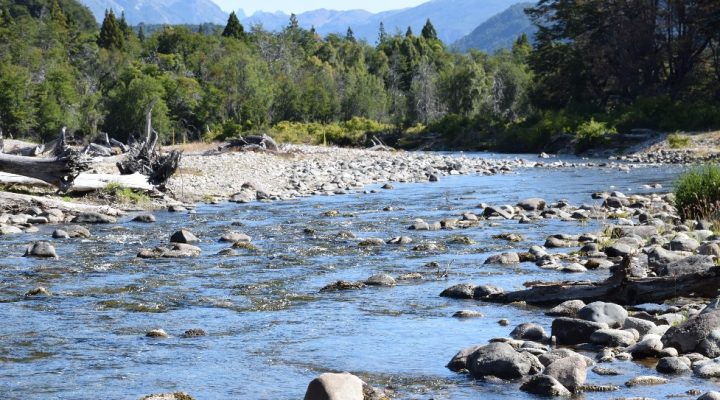CONICET AND THE MINISTRY OF ENVIRONMENT AND SUSTAINABLE DEVELOPMENT
The first book of CONICET’s Network of Assessment and Monitoring of the Aquatic System
It shows the researcher’s network studies on environmental management of water as an instrument for decision making about aquatic ecology.
The Network of Assessment and Sustainable Development (REM.AQUA in Spanish), which is part of CONICET’s ‘Solving Problems-Oriented Institutional Networks (RIOSP)’ presented its first book, “La bioindicación en el monitoreo y evaluación de los sistemas fluviales de la Argentina, Bases para el análisis de la integridad ecológica” [Biomonitoring and Assesment of the Argentinian river systems, Bases for the analysis of ecological integrity].
The book describes a regional focus on the environmental management of water done by researchers from all the country. The aim is to provide an instrument for decision making to assess the integrity of aquatic ecosystems in Argentina.
It was edited by CONICET principal researchers Nora Gómez, Adonis Giorgi, and Eduardo Domínguez, and more than 40 scientists who are part of REM.AQUA (a joint initiative of the Council the National Ministry of Environment and Sustainable Development) participated.
“This work addresses the need to interact with the application agencies, managers and users of water and impact on the protection and management of aquatic ecosystems. We aim to communicate by means of the tools we make to analyze the ecological integrity of aquatic ecosystems,” says Gómez, who is the scientific coordinator of REM.AQUA.
The publication stresses the importance of biomonitoring to evaluate the systems as an ecological whole: “The organisms that give life to aquatic ecosystems are a privileged source of information about health,” describes Giorgi and Domínguez, who lead the ‘Biomonitors Group of the Network.’
“They synthesize information of the medium they inhabit so their contribution to the quality’s diagnosis becomes a vital complement of other types of measurements such as those provided by physical-chemical parameters. Their use as biomonitors can be considered as an environmental evaluation tool, a powerful medium of communication,” the scientists adds.
In the book, the researchers conclude that this way of observing the ecosystems in Argentina has not been totally implemented. The experts mainly evaluated the state of the bodies of water through diagnoses based on physical-chemical variables.
“Sometimes while the results of physical-chemical parameters indicate the quality of water as ‘acceptable,’ the biologists consider it as low quality. They are not contraindications because they are measuring different aspects of the aquatic system with different objectives,” Gómez explains.
“Nowadays, it is more important to promote consensus to define the desirable characteristics of aquatic ecosystems. For this reason, it is vital to consider the ecological integrity as a combination of the information of the quality of water, biota, and habitat, including hydrological variability,” concludes the researcher.
To access the book, click here.
